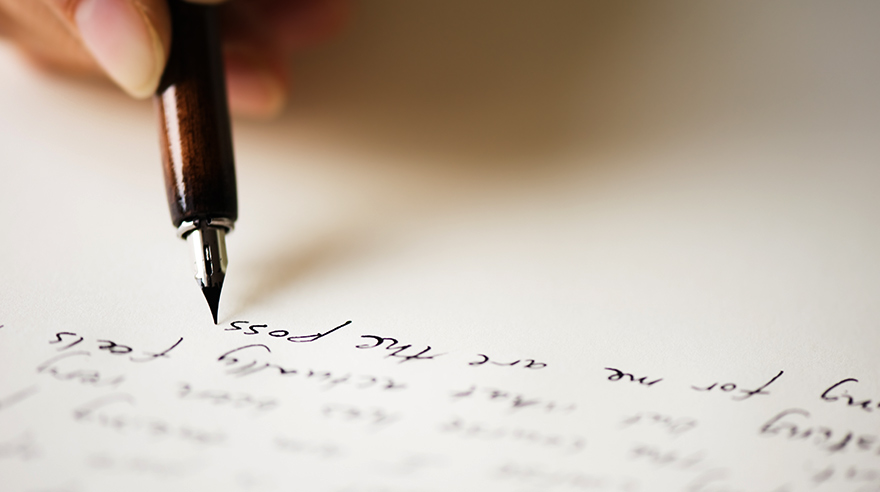
Welcome to our article on mastering the art of capturing readers through effective story pacing.
In this guide, we will explore the essential techniques that will keep your readers engaged and eager to turn the page.
From planning your storyline strategically to utilizing sentence length variation, we will provide you with the tools to control the flow of information and build towards a climactic ending.
Get ready to captivate your audience and leave them craving for more.
Planning Your Storyline Effectively
When planning your storyline, it is essential to carefully consider and incorporate both the beginning and the end of your story. This is where character development and plot twists come into play.
A well-developed protagonist and supporting characters can bring depth and relatability to your story, capturing the readers' attention and making them emotionally invested. By introducing their backgrounds, motivations, and flaws, you create a connection that keeps the readers engaged throughout.
Additionally, plot twists add excitement and unpredictability, keeping the story fresh and surprising. They provide unexpected turns of events that challenge the characters and propel the story forward.

When planning your storyline, ensure that character development and plot twists are thoughtfully integrated, creating a captivating narrative that will leave your audience wanting more.
Harnessing the Power of Sentence Length Variation
Sentence Length Variation is a literary technique that can greatly enhance the impact and readability of your writing. By varying the length of your sentences, you can create a dynamic and engaging reading experience for your audience. This technique is particularly effective in emphasizing emotional intensity and creating suspenseful moments.
Short, punchy sentences can convey a sense of urgency and intensify the emotional impact of a scene. They can also be used to build tension and create suspense, leaving readers on the edge of their seats.
On the other hand, longer sentences can be used to slow down the pace, allowing readers to savor important details or delve into a character's thoughts and emotions.
Effective storytelling requires a delicate balance of revealing key information and withholding details to create maximum impact. Controlling the flow of information is crucial in captivating readers and keeping them engaged.
Creating suspenseful reveals is one way to achieve this. By strategically revealing information at the right moment, writers can build anticipation and keep readers on the edge of their seats.
Balancing information withholding is equally important. By selectively withholding certain details, writers can create curiosity and intrigue, compelling readers to keep turning the pages to uncover the missing pieces of the puzzle. This technique not only maintains the readers' interest but also allows for a more immersive and satisfying reading experience.

The art of controlling the flow of information is a powerful tool in the hands of a skilled storyteller, capable of creating a lasting impact on the audience.
Strategic Use of Chapters and Sections
The strategic use of chapters and sections allows writers to structure their stories in a way that enhances the pacing and engages readers. By breaking the story into smaller, manageable sections, writers can create a sense of momentum and anticipation.
Here are some key strategies for effectively using chapters and sections:
Chapter organization: Divide the story into chapters that each focus on a specific aspect of the plot or character development. This helps to create a clear structure and allows readers to easily navigate through the story.
Attention-grabbing openings: Begin each chapter with a compelling opening that grabs the reader's attention. This could be a dramatic event, an intriguing question, or a surprising revelation. A strong opening encourages readers to continue reading and keeps them hooked throughout the chapter.
Varied chapter lengths: Experiment with different chapter lengths to maintain a dynamic pace. Shorter chapters can create a sense of urgency and quicken the pace, while longer chapters can provide more depth and allow for slower, reflective moments.
Cliffhangers: End chapters on a suspenseful note to keep readers eager to turn the page. This can be done by introducing a new conflict, revealing a shocking twist, or leaving a question unanswered.

Strategic breaks: Use section breaks within chapters to transition between different scenes or perspectives. This helps to create natural pauses in the story and allows readers to digest the information before moving on.
Building Towards a Climactic Ending
One key strategy for building towards a climactic ending in your story is to carefully construct a series of escalating events that lead to the ultimate climax.
Creating suspenseful tension and crafting emotional intensity are essential elements in this process. As the story progresses, it is important to gradually increase the stakes and raise the level of conflict.
Each event should be more intense and impactful than the previous one, keeping the readers on the edge of their seats. By withholding crucial information or introducing unexpected twists and turns, you can maintain the suspense and keep readers guessing.
Additionally, developing complex and relatable characters whose emotions are deeply entwined with the events unfolding in the story will further heighten the emotional intensity.
Ultimately, the building of suspenseful tension and crafting of emotional intensity will ensure that the climax of your story leaves a lasting impact on your readers.
Frequently Asked Questions
How Can I Effectively Create Suspense and Tension in My Story Through the Pacing?
To effectively create suspense and tension in a story through pacing, use techniques such as varying sentence length, building up to climactic moments, and strategically placing cliffhangers. These tips and tricks will keep readers engaged and on the edge of their seats.

What Are Some Common Mistakes to Avoid When Planning the Storyline of My Story?
When planning the storyline of your story, it is important to avoid common mistakes that can hinder its effectiveness. These mistakes may include lack of clear goals, weak character development, and inconsistent pacing. Proper planning can help ensure a compelling and engaging narrative.
How Can I Maintain a Consistent Pace Throughout My Story Without It Becoming Monotonous?
Maintaining engagement and avoiding stagnation is crucial to maintaining a consistent pace in a story. This can be achieved by incorporating dynamic and varied elements such as plot twists, character development, and strategic placement of climactic moments.
Are There Any Specific Techniques or Strategies for Effectively Building Towards a Climactic Ending?
Building anticipation and creating momentum are key techniques for effectively building towards a climactic ending. By carefully introducing conflicts, increasing tension, and strategically pacing the story, writers can engage readers and keep them invested until the final thrilling conclusion.
How Can I Ensure That the Flow of Information in My Story Is Balanced and Doesn't Overwhelm the Reader?
Finding the right balance in pacing your story is key to keeping readers engaged without overwhelming them. Strategically revealing information at the right moments creates intrigue and maintains reader interest, mastering the art of timing.
 Writing TipsCreative WritingJournalingSketching TechniquesBuying GuidesPrivacy PolicyTerms And Conditions
Writing TipsCreative WritingJournalingSketching TechniquesBuying GuidesPrivacy PolicyTerms And Conditions
